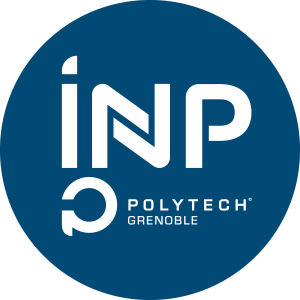Number of hours
- Lectures 22.0
- Projects -
- Tutorials 6.0
- Internship -
- Laboratory works -
- Written tests 2.0
ECTS
ECTS 0.6
Goal(s)
Understand the physical principles, (some limited and appropriate elements of human biology), various basic technological éléments, and the medical applications of the various classical medical imaging techniques (ultra-sound, X-ray, NMR imaging, nuclear medicine) and of radiotherapy.
Contribution to the general knowledge base of the student in the field of biomedical imaging.
Content(s)
Nuclear medicine: Physical principles (2h) and medical applications (2h)
X-ray imaging: Physical principles(6h) and medical applications (2h)
Ultrasound imaging: Physical principles (2h)
Magnetic resonance imaging: Physical principles (4h) and medical applications (2h)
Radiotherapy: Principle (2h) Implementation (2h)
Image Characterization: 2h
Problem sessions: 3x2h
The various topics are presented by different lecturers and the order can vary.
PrerequisitesSome general knowledge on waves, the structure of matter, electricity and magnetism, radioactivity at the level of first year of university for a science student. A good level course on those topics at the last year of pre-university curriculum would also probably be sufficient.
Knowledge of usual mathematical functions (log, exponential, first order differential equations). Some familiarity with EXCEL and a python “user” experience are useful.
20% CONTRÔLE CONTINU
80% EXAMEN :
1 épreuve écrite
Documents autorisés : une feuille A4 manuscrite recto-verso uniquement
Calculatrice type examen nécessaire (avec fonctions exp et log)
Sans téléphone ou montre connectée
Sans ordinateur
Montre non connectée recommandée.
Pour les étudiants bénéficiant d’une préconisation de tiers-temps :
Examen terminal : sujet adapté
CC : flexibilité sur les dates de rendu si nécessaire
The course exists in the following branches:
- Curriculum - TIS - Semester 7
Course ID : KATI7M14
Course language(s): 
You can find this course among all other courses.
On pourra éventuellement consulter le "Guide des technologies de l'imagerie médicale et de la radiothérapie", par DILLENSEGER et MOERSCHEL chez MASSON. Bien que plus approfondi que les cours de ce module, ce texte est facile d'accès.



